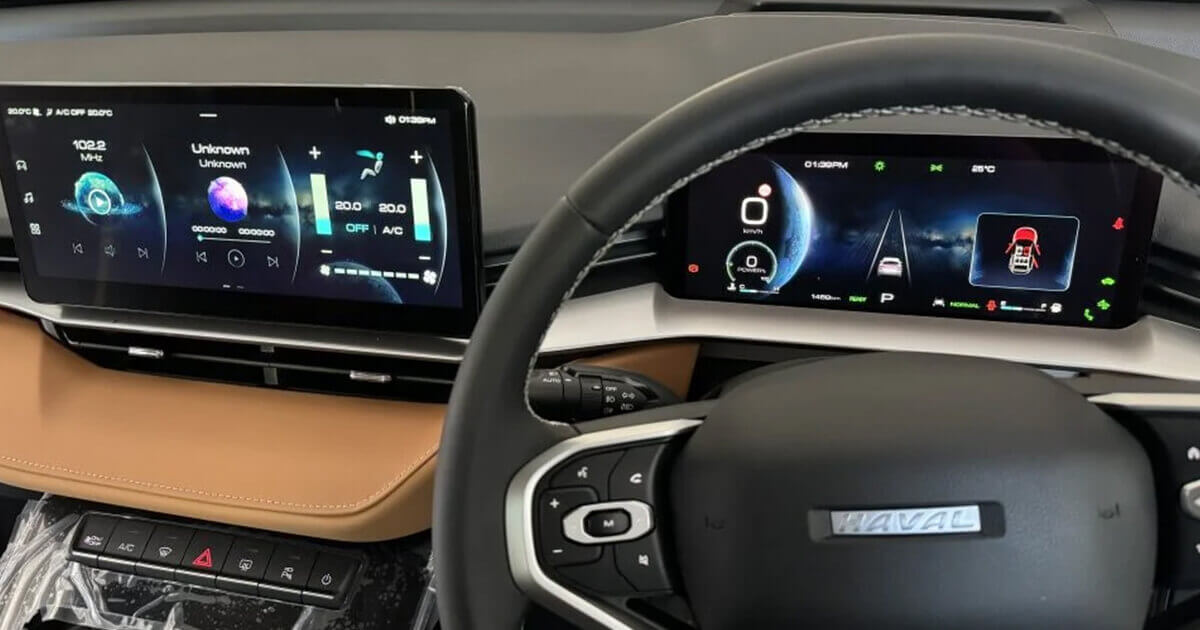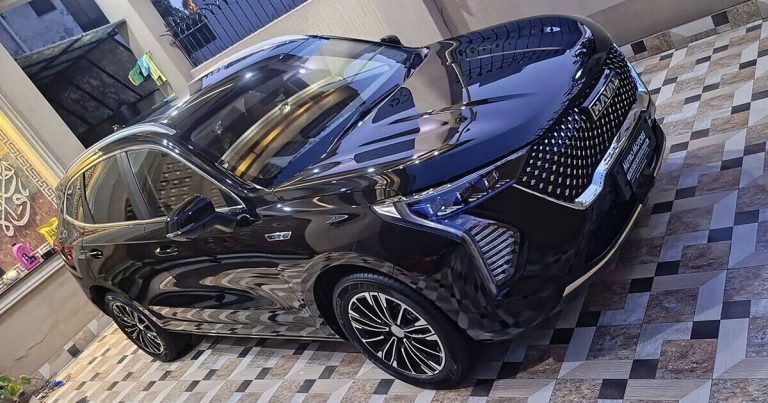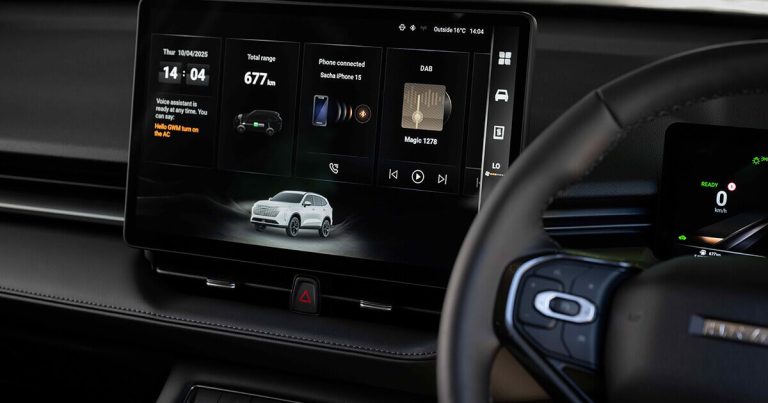Seeing a warning light flash on the car’s dashboard is a stressful moment. When the battery sign on car dashboard starts flashing, it can be a serious problem.. This little icon is shaped like a car battery. It is not just a mere indicator. It is a critical signal indicating something is seriously wrong with the automobile’s electrical system.
At first, it can be easy to assume that the light means the car needs a new battery. The reality, however, is more complicated than it seems.
The battery warning light on the dashboard does not just indicate a dying battery. It can point to a wide array of issues, especially
A failing alternator
Loose fan belt
Wiring issues
Ignoring this warning sign can lead to a dead battery, a stalled car, and, of course, a very inconvenient day.
What does the Battery Sign on a Car Mean?
Battery-related issues are among the most common causes of the battery light turning on. A failing battery can struggle to hold a charge, and that can trigger the alert. Additionally, issues with the alternator (especially a worn-out component or a problematic belt) can prevent the battery from charging properly. This will cause the battery sign to light up.
Electrical faults are also common causes of this phenomenon. Corrosion of the battery’s terminals or loose connections can be the cause. They do look like minor issues, but they can disrupt the car’s electrical supply.
Let us now examine the causes of the battery sign flashing on dashboards and briefly examine the solutions too.
Battery Aging plus Wear and Tear
Car batteries today last longer than ever. But they will always have a limited lifespan (between three and five years). With time, they are no longer able to hold a charge. This causes the battery light on the car dashboard to illuminate. The noticeable symptoms are dimmer headlights or slower engine cranking.
The solution is available. Checking the battery’s age and replacing it when it is nearing the end of its lifespan. Regular maintenance and replacement can prevent unexpected breakdowns. In turn, it can extend the car’s life. There are professional battery technicians and shops that offer free battery testing. This helps determine the battery’s actual state.
A Faulty Alternator
Another cause of the battery symbol car lighting up is a faulty alternator. The component produces the electrical charge that the car’s battery stores.
The alternator also provides the vehicle with electricity while it is in operation. It helps power other components, such as the headlights, heater, radio, and electric windows.
If the alternator fails, the car’s electrical systems will drain power directly from the battery. This is why the vehicle eventually loses power and comes to a stop. Lack of power in the car’s battery can neither power all electrical systems nor keep them running.
Damage to the Alternator’s Belt
A broken or slipping alternator belt will cause the battery light in the dashboard to flash. This belt powers essential components in modern vehicles, especially the coolant pump, power steering, and the air conditioning.
Hence, damage to this belt will not only stop the battery from charging but will also disrupt the engine cooling system and power steering operation. This is dangerous, as it can lead to the engine overheating and result in more severe damage. Replacing the damaged alternator belt can resolve the issue.
Issues in the Charging System’s Wiring
There are instances where the battery indicator lights up for a simple reason. That reason would be problems with the wiring. Here are some of the most common causes:
- Corroded or loose battery terminals
- Damaged charging system wiring
- Corroded connectors
- Poor connection to the alternator
This issue is relatively easy to diagnose. Inspecting the wires for their condition (including the connection) can help resolve the problem. Tightening loose components or cleaning corroded terminals also works.
The Battery’s Discharged
This is the most common reason for the battery light turning on in the dashboard. A discharged battery is a typical incident in the winter, especially:
- The car is mainly used for short trips
- The battery is already heavily worn out
- Multiple electricity-consuming components are active (window and seat heaters, headlights, etc.)
- The car has been inactive and stationary for quite some time
In these instances, the battery indicator should turn off once the battery is recharged. Alternatively, after a long drive during which the alternator can restore the charge level, the battery light shouldn’t turn on.
The problem will persist if the battery is already worn out. The best solution is to replace it.
Over to You
The alternator stores the current, but the battery is the power supply. It helps start the car, power the headlights, run the stereo, turn on the air conditioner, and the like.
The battery sign flashing on the dashboard is an indicator that something is wrong with it. The issue should be identified and resolved immediately once it flashes. If not, then it will create a very inconvenient day for the motorist.




